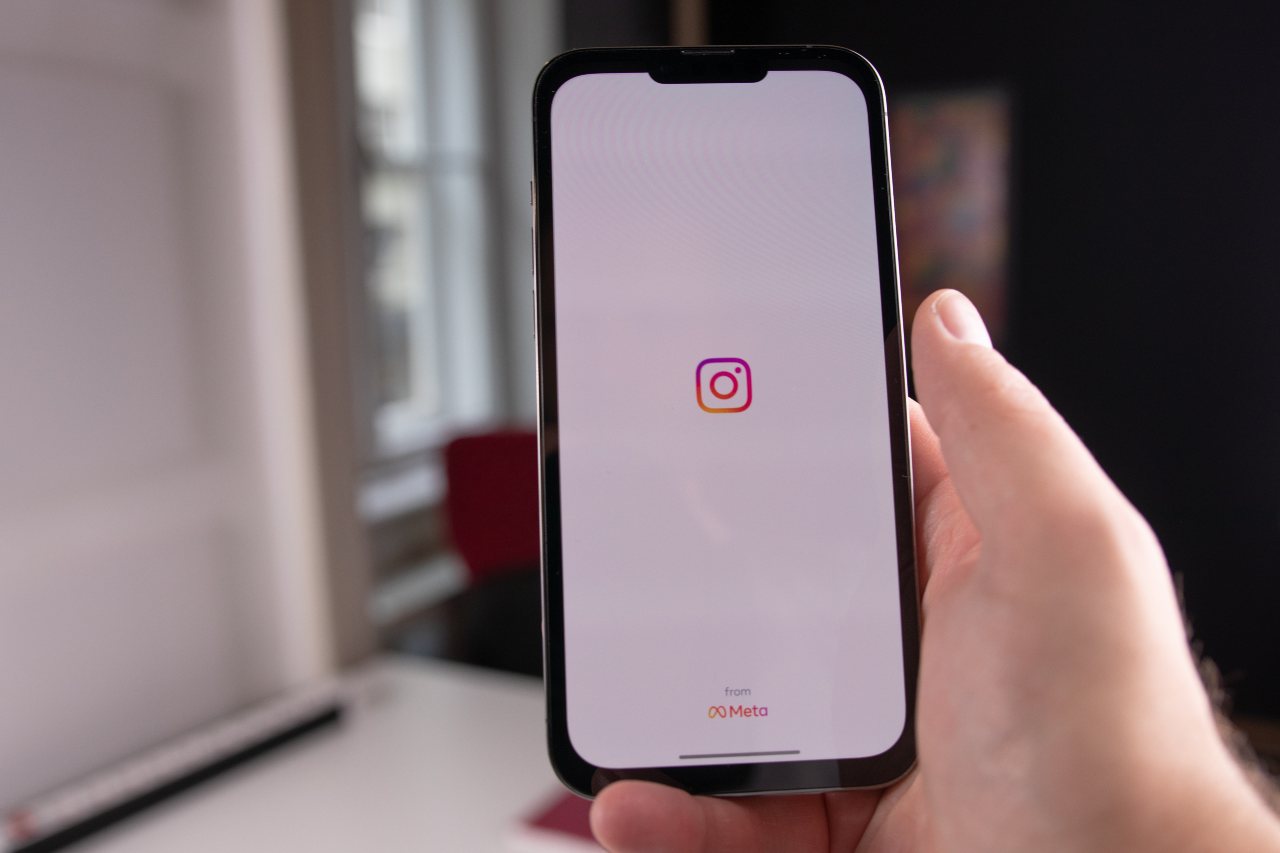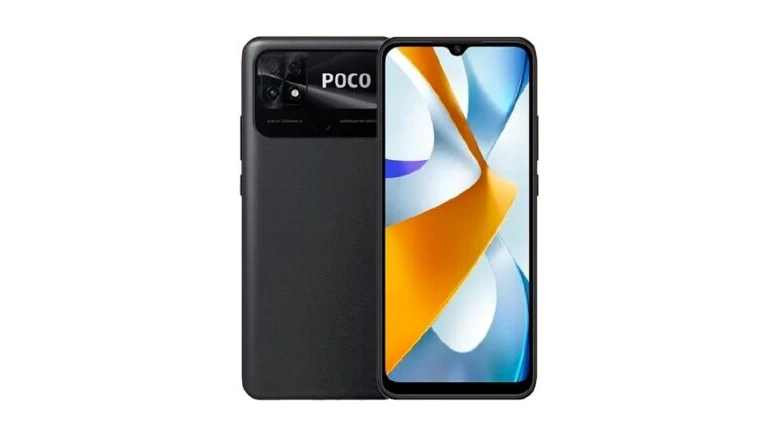
Mobile applications’ performance, reliability, and usability are more important than ever as the mobile user base continues to explode. It’s not enough to manually test for quality at this scale; what is required is strategic mobile app automation. Native and hybrid apps, mobile device fragmentation, and complex gestures are just some of the testing challenges.
This guide discusses what is mobile automation testing, its challenges, top tools, and best practices. You will also discover how platforms like ACCELQ enable you to optimize test execution and coverage on devices using smart automation and parallel testing techniques.
What is Mobile App Automation Testing?
In mobile app automation testing, one tests the functionality, performance, and other factors of the mobile application automatically using software and tools.
It reduces human error, accelerates faster release cycles, and ensures that developers have confidence in knowing that their apps will work consistently across operating systems and devices.
There are three types of mobile apps:
- Native apps: Built specifically for iOS or Android
- Hybrid apps: Built using web technologies, running in a native shell
- Web apps: Accessed via mobile browsers
Automation tools can validate all of them, but their needs when it comes to identifying and interacting with the elements in the UI are different.
To explore mobile-specific testing approaches, check out ACCELQ’s mobile app testing guide.
Why Automate Mobile Testing?
Testing each build by hand, device by device, is a time-consuming and error-prone ordeal. There are several gains of automation:
- Speed: Run test cases simultaneously across OS versions
- Scalability: Add more devices and OS combinations easily
- Reusability: Write once, reuse across similar features or platforms
- Accuracy: Eliminate human oversight for repetitive tasks
- Faster Feedback: Ideal for agile and DevOps environments
Common Challenges in Mobile Automation
Despite its benefits, mobile automation presents several challenges:
1. Device Fragmentation
Many Android and iOS devices, with their diverse screen sizes, resolutions, and performance levels, are extensive. Ensuring that they behave similarly is also challenging.
2. Gestures and Interactions
Mobile gestures, such as pinch, swipe, and long press, require accurate automation scripting and tools that can execute these gestures.
3. Network Variability
Performance may also change for 3G, 4G, Wi-Fi, or even offline connections. The automation of tests must emulate various network scenarios.
4. OS and Version Support
The continuous updates to iOS and Android versions require backward and forward compatibility of the tests.
5. Third-Party Integration Testing
Mobile apps often feature in-app browsers, camera access, or payment gateways, which can make test automation challenging.
Strategies for Effective Mobile Automation
1. Design for Reusability
Test scripts to log in, onboard, check out, etc., in a modular way and reuse on devices.
2. Use Device Clouds
Leverage cloud-based device farms (like BrowserStack, Sauce Labs) to test across real devices remotely.
3. Parallel Testing for Mobile
Load-test on multiple devices and operating system versions simultaneously to speed up feedback. Parallel testing not only increases the speed of execution but also allows for the discovery of device-related bugs earlier.
To put it differently, a regression suite conducted on Android 13, iOS 16, and various screen sizes simultaneously provides you with faster information than running tests one after the other.
4. Integrate with CI/CD
Automate test triggers on code commits or pull requests to maintain rapid release cycles.
5. Maintain Clean Test Data
Ensure that each test starts with the right app state and relevant data setup.
How ACCELQ Empowers Mobile App Automation?
ACCELQ delivers an enterprise-grade solution for automating mobile testing through:
- No-Code Scripting: Automate without writing complex code
- Cross-Platform Execution: Automate Android, iOS, and web apps from a single platform
- Visual Recorder: Auto-detect UI elements using screen context
- Parallel Execution: Run tests simultaneously across device sets
- CI/CD Integration: Native support for Jenkins, GitHub Actions, Azure DevOps, and more
Whether it’s responsive testing, gesture handling, or data-driven flows, ACCELQ brings speed, simplicity, and intelligence to your mobile testing workflow.
The Role of Parallel Testing in Agile Delivery
Everything is about speed in agile and DevOps-driven teams. Parallel testing is important for enhancing the speed of delivering mobile applications, as it enables simultaneous testing on multiple devices, operating system releases, and screen sizes.
Teams no longer have to wait hours to get a series of test runs or reruns; instead, they receive analysis within minutes of detecting platform-specific problems.
The given method will not only shorten the test execution period but also contribute to sustaining the release speed without compromising quality.
When accompanied by automation, parallel execution can be used to provide robust test coverage, even in complex settings. Through this approach, organizations will be able to accelerate mobile testing and release user-ready apps more quickly than ever.
Final Thoughts
Mobile test automation is now a necessity for fast, potent multi-platform deployment. The adequate tools and strategy can help you to overcome mobile fragmentation and variability.
As mobile usage continues to increase, providing optimal experiences via the application across all devices seamlessly is no longer a matter of choice; it is a question of competitiveness in the current digital environment.
Products such as ACCELQ empower mobile automation as a no-code solution with AI, making mobile automation easy, quick, and scalable through device cloud integrations and parallel execution.
Modular test design and smart test automation work together to let teams, according to their release, increase coverage, reduce test time, and improve app quality.

















